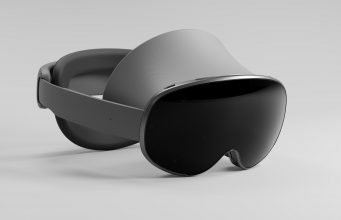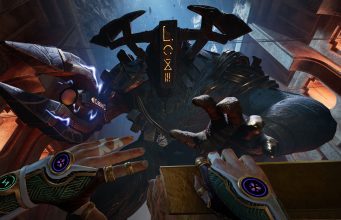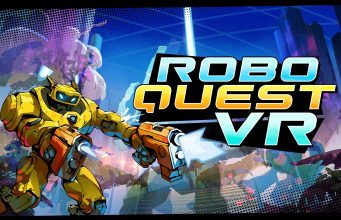Reach Invites High Intensity VR Action With Open Arms
Reach is an ambitious new action adventure title, and we went hands-on alongside interviewing nDreams and Shuhei Yoshida to learn more.


As I jumped over buildings and quickly flinged to rooftops, Reach made me glad to have accrued VR legs in the past few years. The debut title by nDreams Elevation takes cues from existing mechanics and the studio’s own institutional knowledge of the space, and turns them up to eleven.
Reach has been in development since 2022 by nDreams Elevation. During a hands-on demo at Summer Game Fest, senior technical designer Robert Harper said the team is made of both VR veterans who’ve worked on games like Synapse, as well as developers acquainted with flatscreen projects instead.
The result is an action-adventure game featuring a reluctant hero tasked with traversing through an underground civilization. The demo, which entailed the game’s tutorial, was more of a grounded glance of the seemingly grandiose scope that the studio is aiming for. I traversed through city streets while a helicopter made chase, defeating dozens of human grunts along the way. I didn’t get to set foot in the mysterious civilization or confront the massive robotic foes shown in the trailer. Yet, Reach has stayed rent free in my mind for days after.
Shuhei Yoshida, a game industry veteran who worked at PlayStation since 1993, first played Reach in a very early stage around three years ago. NDreams wanted feedback, asking people to get their hands on it and test the mechanics. Funnily enough, Yoshida kept trying and failing to get used to the game’s acrobatics.
After around 10 years of experience with VR, he’s able to tell when the developers behind a project are doing a good job. Normally, if he starts to sweat, that’s a sign that he’s getting nauseated. Yet, as he continued to see the Reach’s evolution over the years, he can now play for long sessions without issues. After leaving Sony in January of this year, nDreams asked him to help launch the game as an ambassador.
Getting to this point, especially for a high-intensity VR game, has not been easy. “It’s really hard because people don’t read things, right?”, Yoshida said jokingly regarding tutorialization.
As Harper explained, there were quite a few obstacles around some of Reach’s most involved mechanics. Mantling, for example, was originally entirely gesture based, in a similar way to the likes of Horizon Call of the Mountain. During tests, nDreams found that newer VR adopters would constantly fail to do the right mental input, and so they ended up falling to their deaths.
“You give everybody the same instruction, but everybody feels differently, everybody moves slightly differently,” Harper said.
The solution was to make it so mantling requires the player to keep pushing the left analog stick forward. This way, even if someone isn’t doing the input correctly, as long as they’re still grabbing from a ledge, they can simply move the stick and the game will automatically complete the movement without a risk of falling. Harper said that this is especially useful for playing in seated mode, as you can’t actually push your arms down through, say, your couch.
Flinging was also hard to figure out. In essence, some platforming sequences in Reach ask you to hold onto a ledge, push your “body” back, and then quickly fling toward the other ledge or grappling point by throwing your hands in a quick motion. It took a ton of fine tuning to make it easy to pick up.
During the demo, I had no issues performing all of these actions. In fact, once I learned my bearings, I was able to enter a flow state, and most movements became second nature, even when having close calls after long jumps. Yet, it’s worth mentioning that I’ve been playing and covering VR games for a few years now, so I’m familiar with the locomotion demanded from players.
“Generally when playing the game, the systems work best if you’re just nice, slow, and graceful, but you can’t just tell people to do that, right, because it’s, you know, action movie, explosions everywhere, you’re going to die in five minutes,” Harper said. “You’re going to panic a bit, right? There’s a few cracks that we saw in the demos, but I’m pretty pleased with the current state of traversal.”
Harper attributes this fine-tuning to being fortunate of having a long pre-production time where the team could “just throw a bunch of stuff at the wall and see what sticks.” If it didn’t, the developers were happy to discard the idea. More often than not, however, they found that people were adapting just fine.
“Our approach to motion sickness was, we’ll deal with it if it’s a widespread problem,” Harper said. “Admittedly a lot of our developers have VR legs, but we do have a lot of people coming from outside the space. After the first week or so they’re fine, despite all the crazy stuff we’re doing.”
Looking back, Yoshida reflected on the early days of VR, in which studios were concerned about making people sick, sometimes favoring movement options like warping rather than allowing players to just walk in virtual environments, which got in the way of immersion. Games like Reach showcase how far technology has come, thanks to better performance, tracking, and framerate, as well as having experienced developers who’ve been working on VR for years.
Yoshida would like to see a wider adoption of VR in the future, as well as headsets becoming thinner, lighter, and less awkward to wear. He believes that the progress is there, and while it may not be as quickly as people hope for, he remains optimistic about it.
“I always admire these, you know, survivors of VR developers,” Yoshida said. “After stupid money left the industry, now you know only good companies left still keep making games.”
Reach is releasing on PS VR2, SteamVR, and Quest headsets this year.
























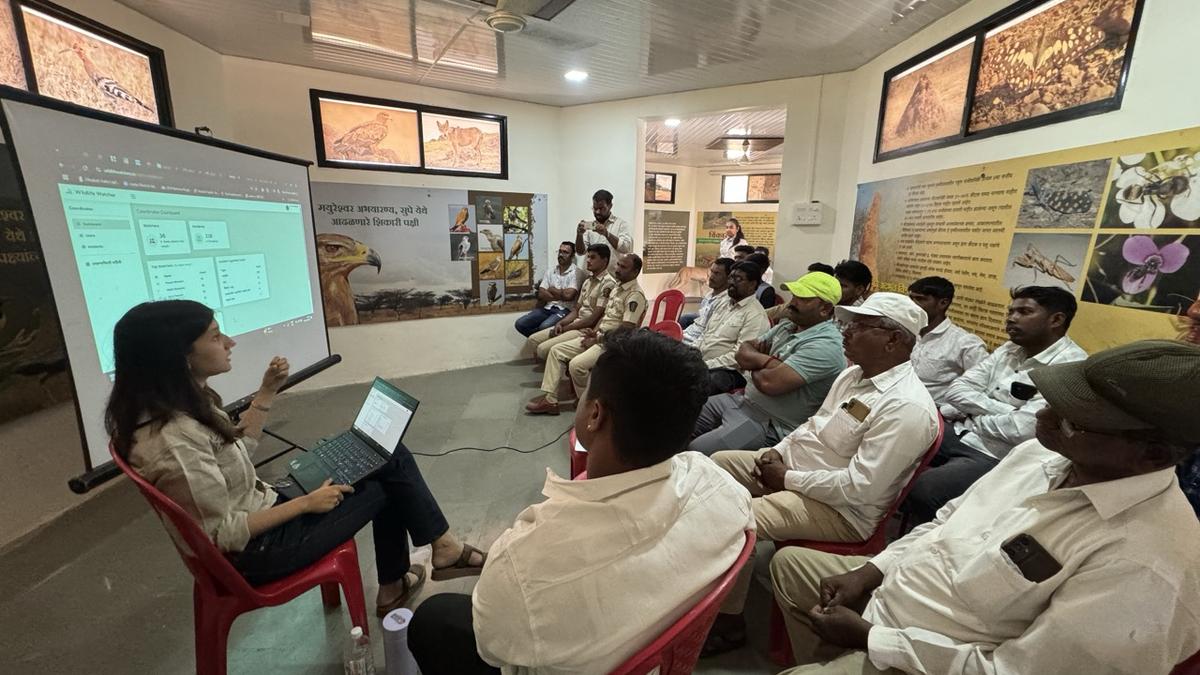

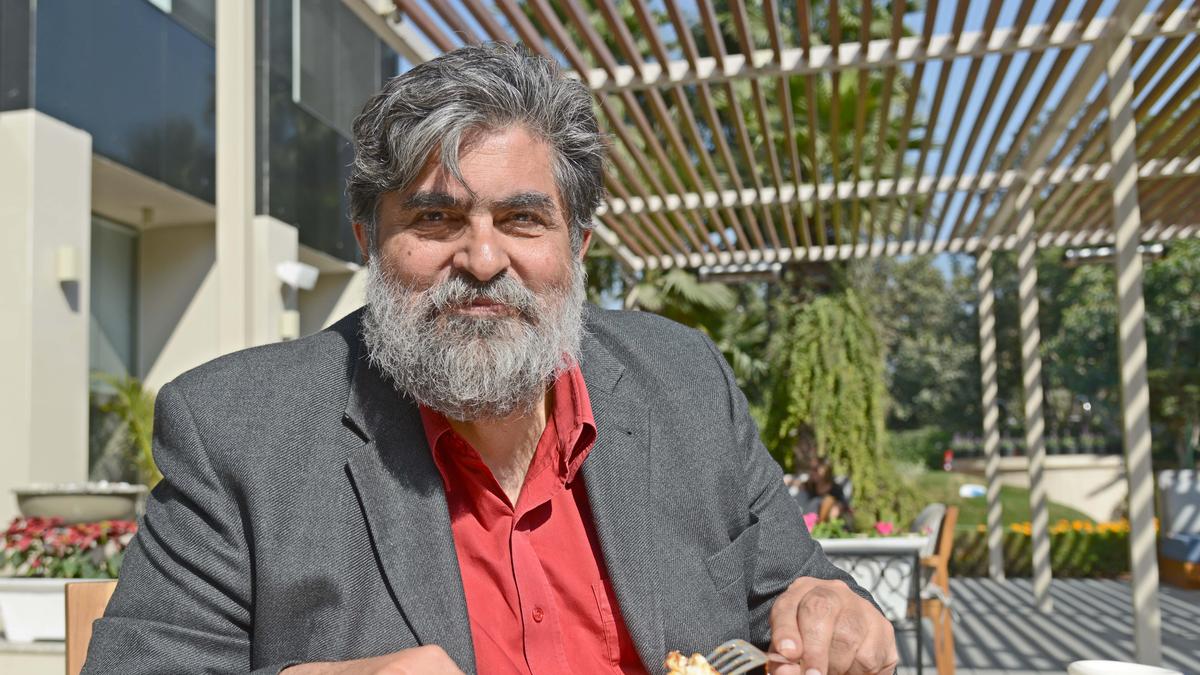
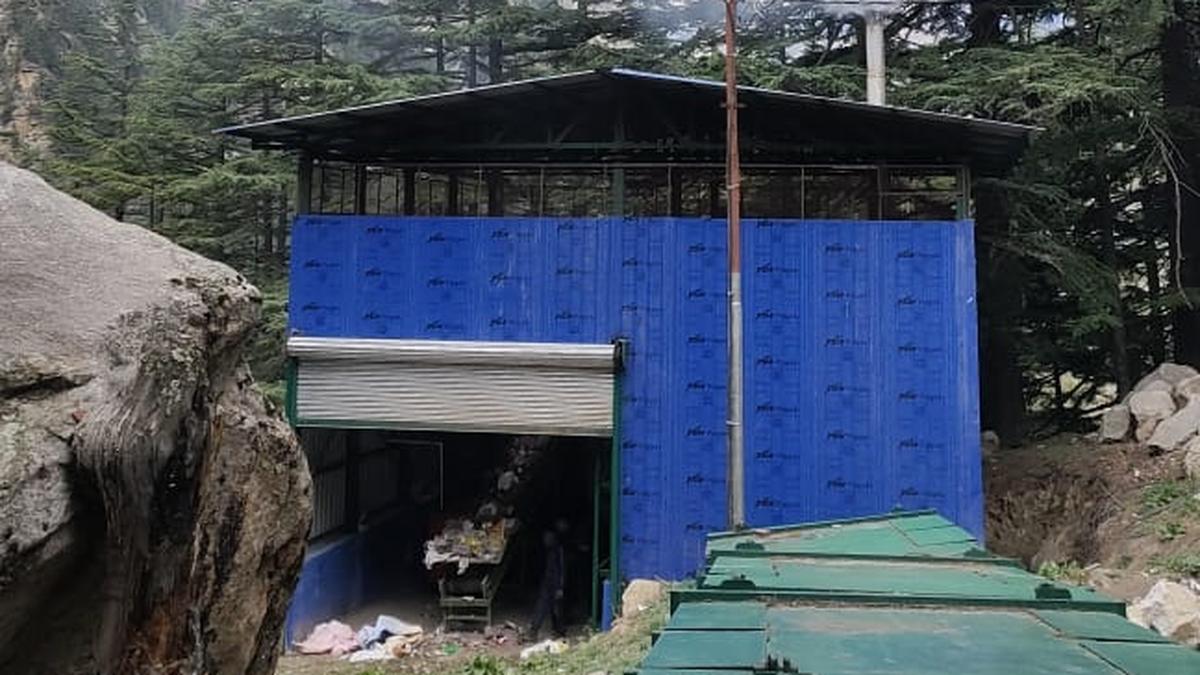




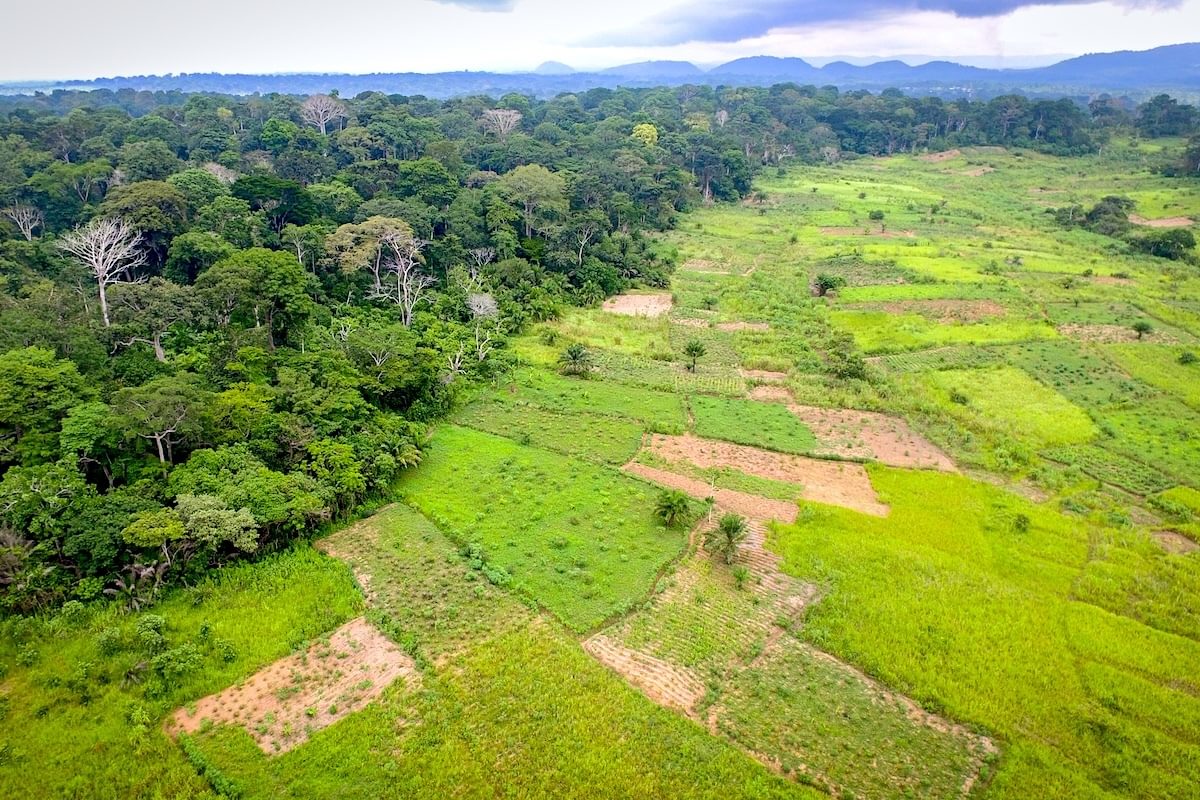
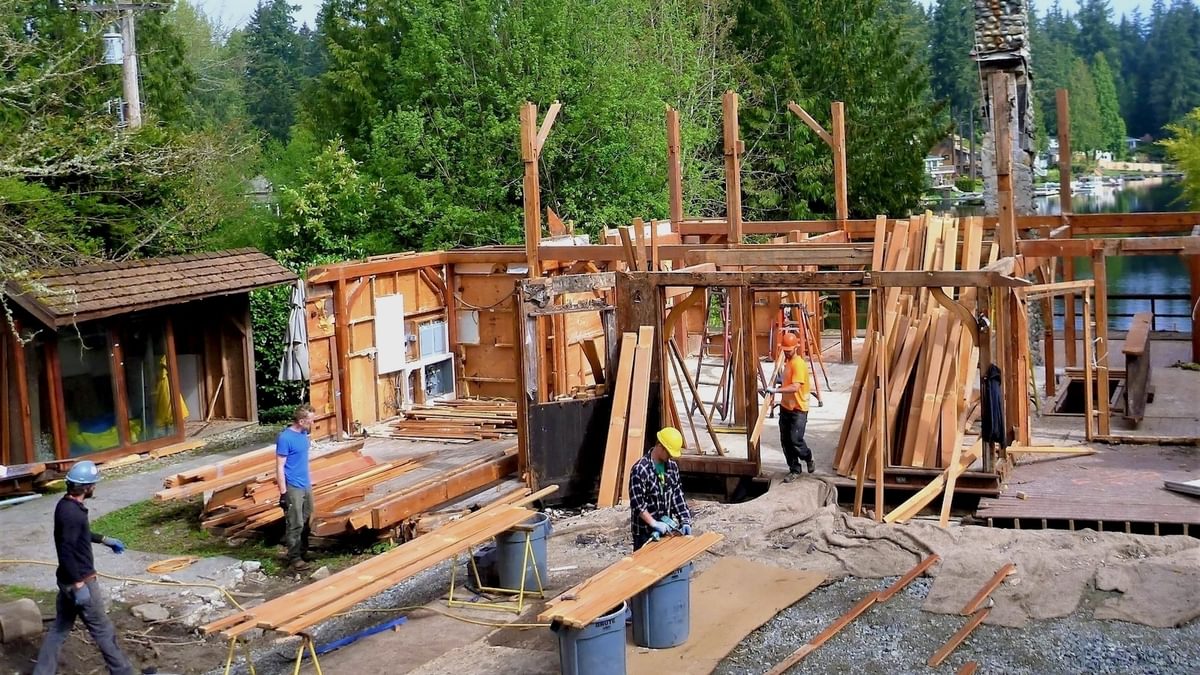
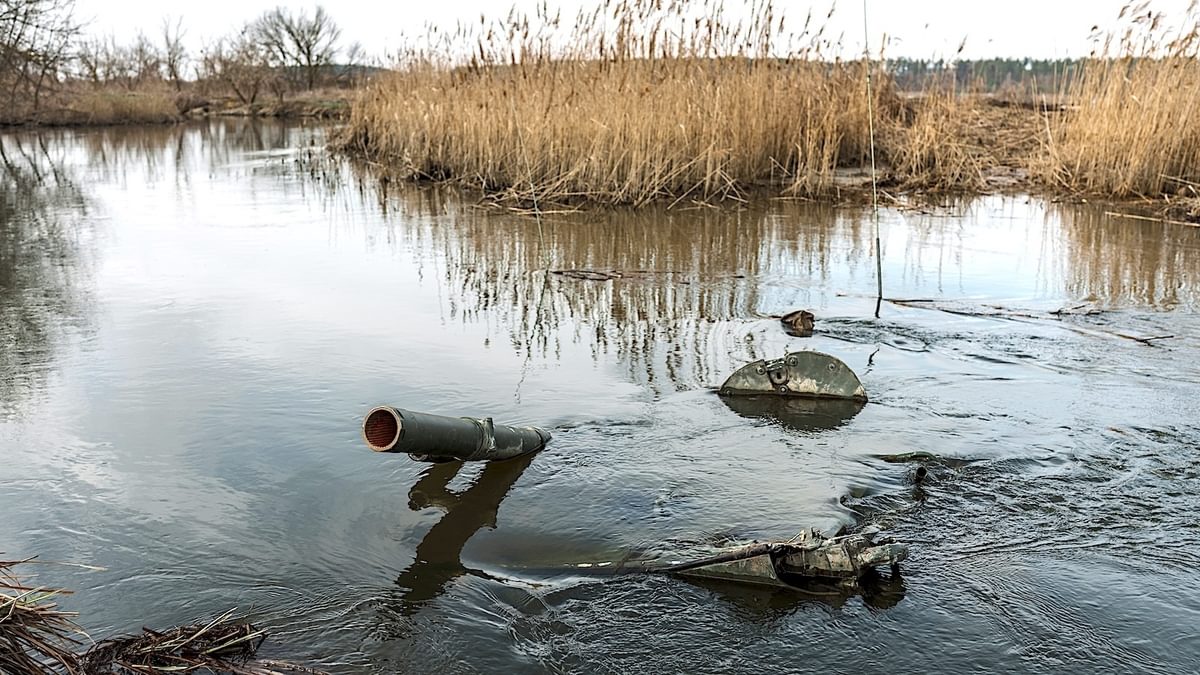

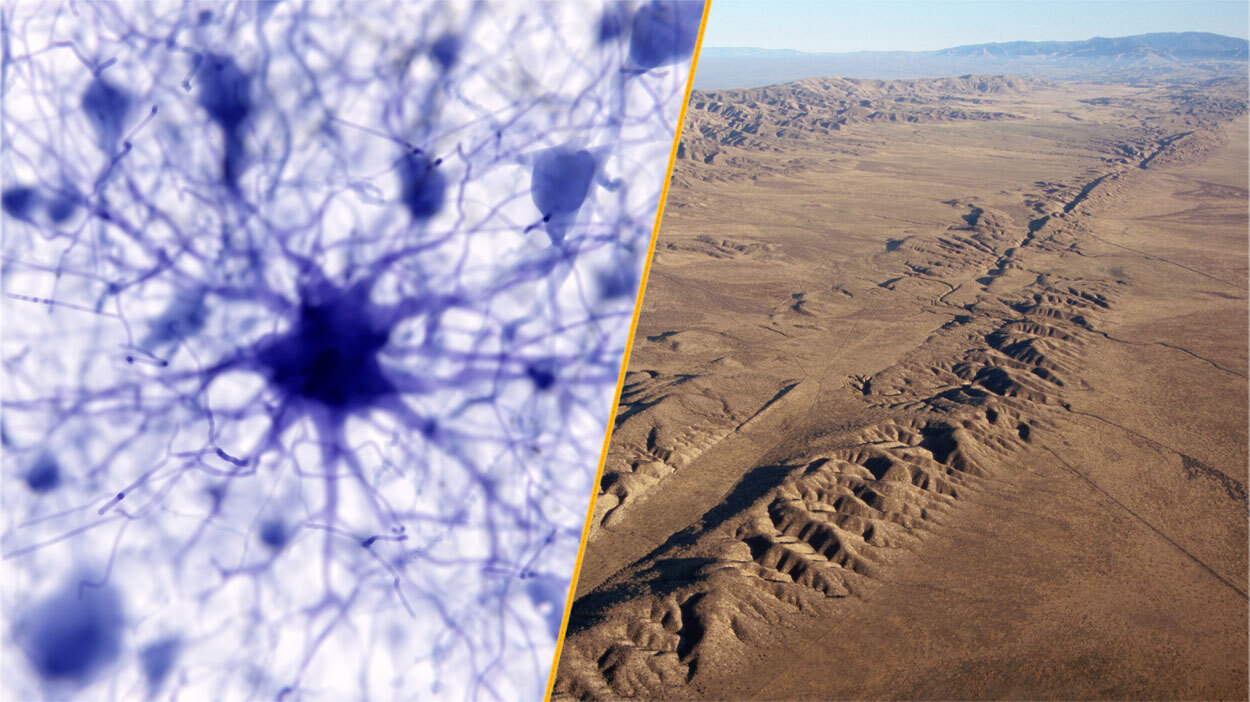
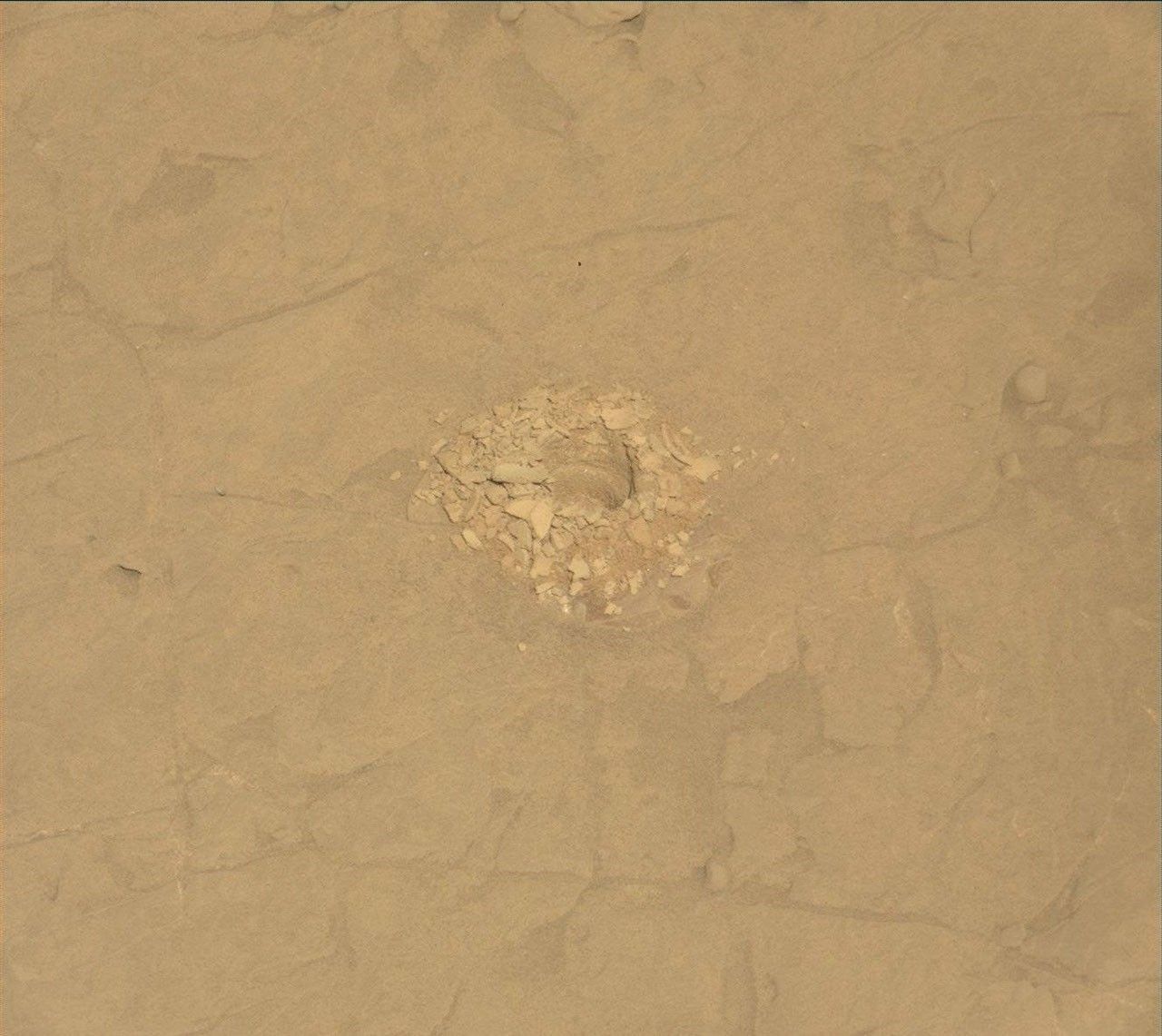
















































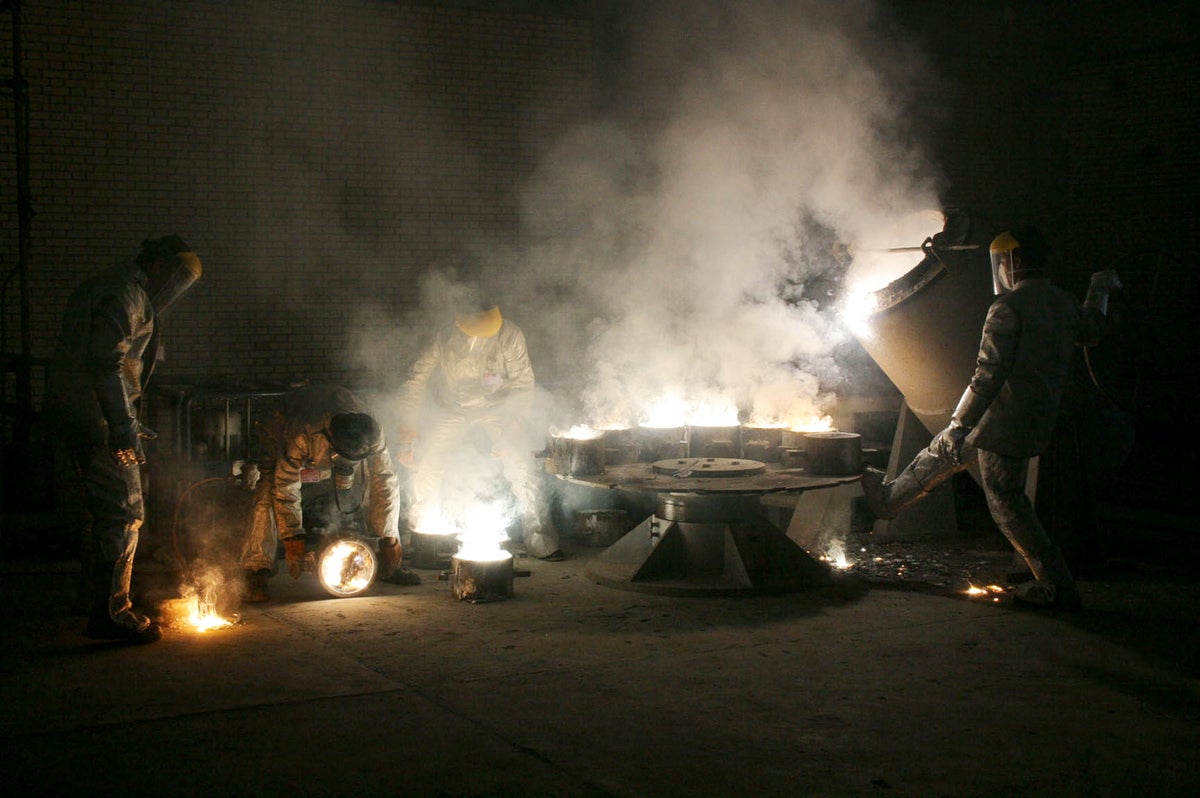


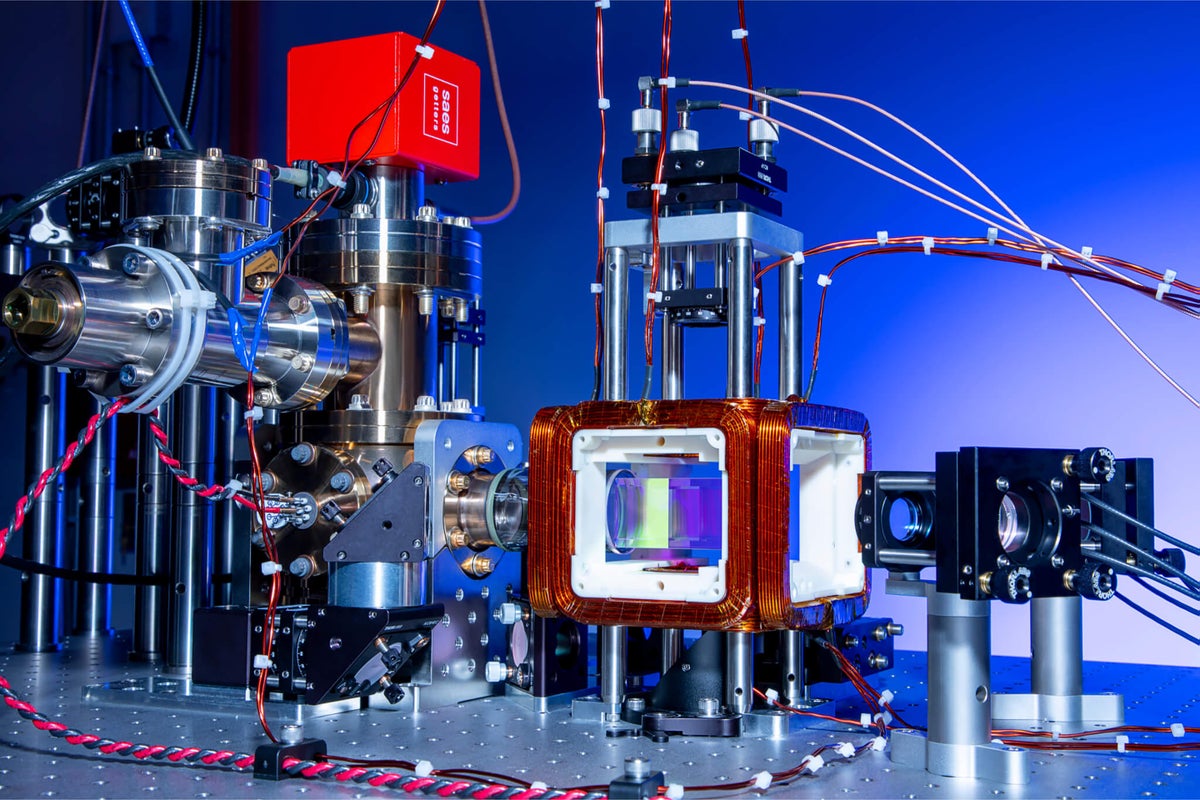
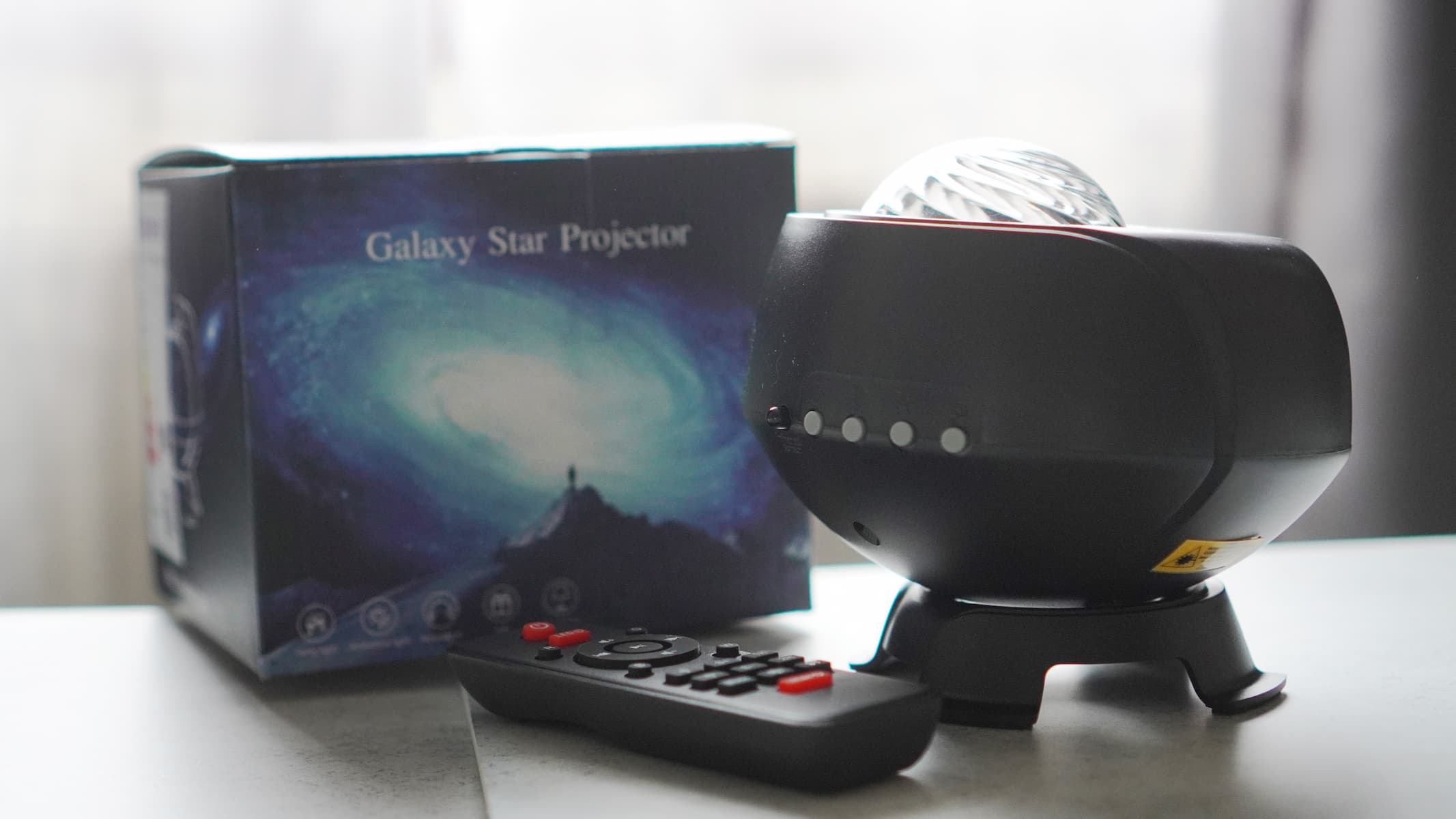

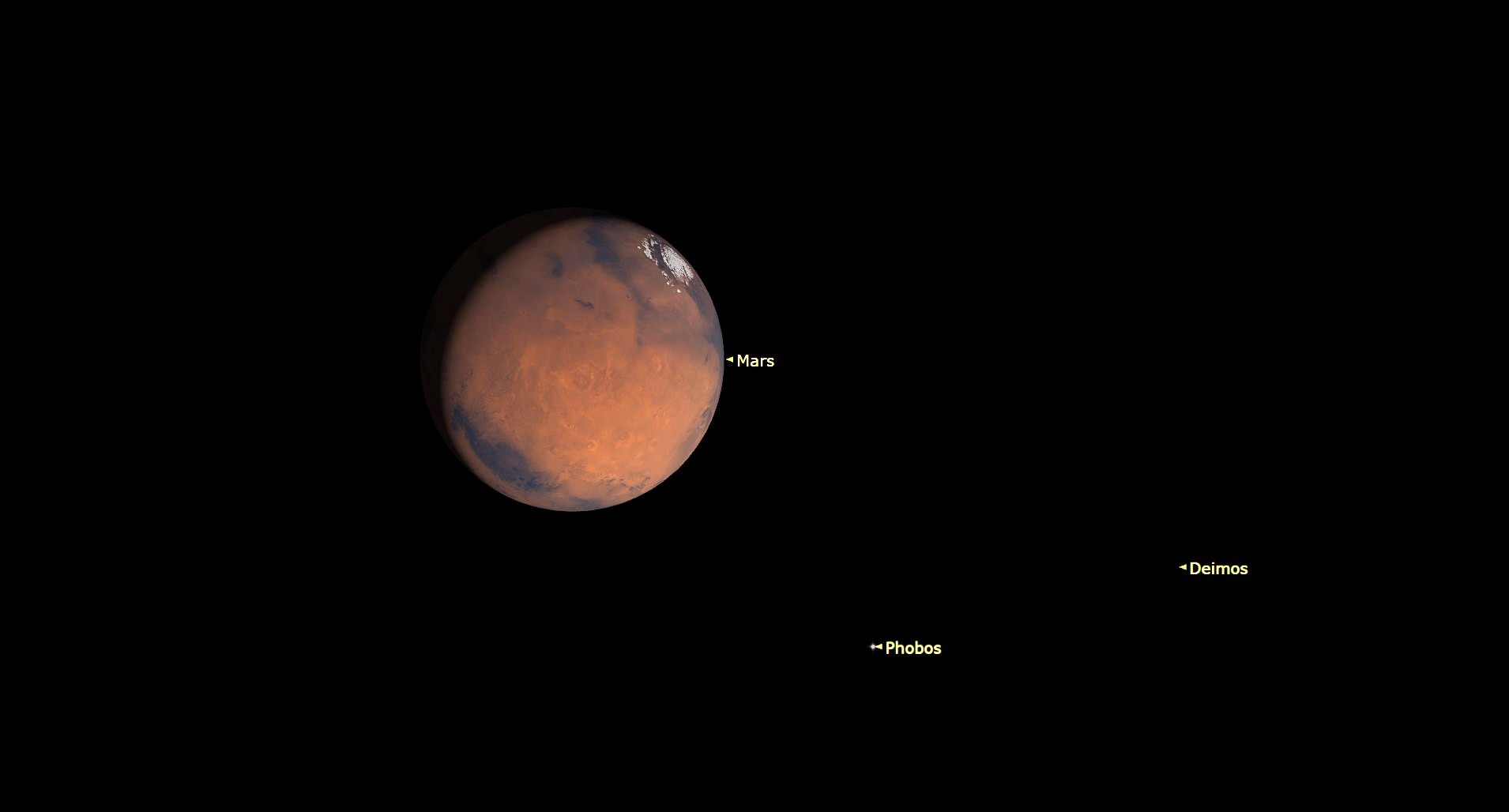


























.png?#)










